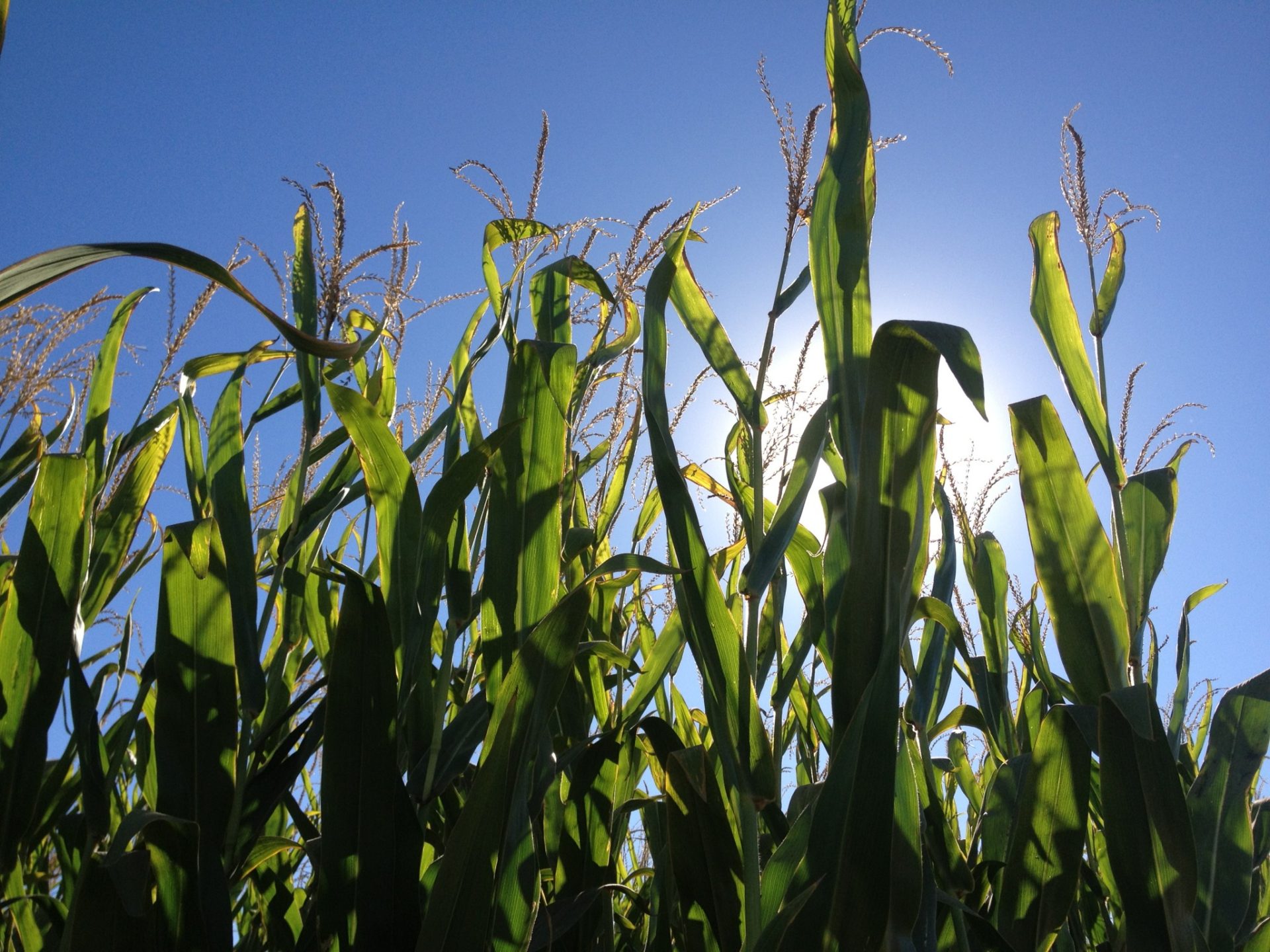
Corn Facts
It may sound corny, but how much do you really know about corn. Did you know that corn is the largest and most important crop in the United States, or that corn is used in batteries. Some of these facts may surprise you:
- Corn is native to the Western Hemisphere
- Corn outside North America, Australia, and New Zealand means any cereal crop. Maize is a more formal and internationally recognized name for corn
- The word corn is an English word used to describe any type of grain, but using it most people are referring to maize.
- Maize is an Indian word meaning “sacred mother,” or “giver of life.”
- One bushel of corn contains about 72,800 kernels and weighs 56 pounds.
- Corn is a domesticated grass
- Corn does not exist in the wild
- There are more than 3,500 different uses for corn, and is in all sorts of products from peanut butter to batteries.
- The starch in corn can be made into plastics, fabrics, adhesives, and many other chemical products
- 40% of corn is used in ethanol production (Source)
- Only 14% of corn grown in the United States is irrigated (Source)
- Before WWII, most corn was harvested by hand. The first mechanical corn harvester was developed in 1930 by the Gleaner Harvester Combine Corporation
**A farmer using an old school IHC corn picker (source)**
History of Corn
Researchers believe that corn was developed by natives living in Central America at least 7,000 years ago.
Corn was developed by the Olmec, and Mayans, and was heavily traded in North, Central, and South America.
Corn is a domesticated grass. Corn is not found in the wild, but was domesticated and bred by natives, and was developed from a wild grass called teosinte.
There was no corn in Europe prior to Christopher Columbus voyages to the new world. While in the West Indies, Columbus traded with the natives and brought corn back to Europe
Native Americans in North America introduced corn to early settlers, and saved them from starvation by trading with them, and taught them how to plant, and cultivate corn using fish for fertilizer.
Indians taught the early settlers how to make various corn dishes including corn bread, corn pudding, corn soup, and fried corn cakes.
The pilgrims ate corn at the first thanksgiving
**Corn was domesticated from teosinte grass which is on the left, and gradually developed into modern corn on the right**
Production Statistics
Corn is grown on every continent in the world except Antarctica
Corn is the largest crop grown in the United States
The U.S. produces more than 40% of the world’s corn (Source)
The top corn producing states, Iowa and Illinois, produce over 1/3rd of the total U.S. corn crop.
| Country | Production in tonnes |
| United States | 273,832,130 |
| China | 208,258,000 |
| Brazil | 71,296, 478 |
| Argentina | 25,700,000 |
| Mexico | 22,069,254 |
Acres Planted:
- In 1880, the U.S. grew about 62 million acres of corn
- In 1900, the U.S. grew about 95 million acres of corn
- In 1910, the U.S. grew about 100 million acres of corn
- In 1917, the U.S. grew about 111 million acres of corn (most acres of corn planted in the U.S. ever)
- In 2000, the U.S. grew about 79 million acres of corn
- In 2010, the U.S. grew about 88 million acres of corn
Yields:
Prior to 1940s, corn yields remained the same. Technological advances starting in the 1940s rapidly improved corn yields.
According the USDA, one acre of corn removes about 8 tons of carbon dioxide from the air, and produces enough oxygen to supply a year’s needs for 131 people. (source)
Farmers today grow five times as much corn as they did in the 1930s – on 20 percent less land.
- 1906 = corn yielded 31.7 bushels per acre
- 2008 = corn yielded 153.9 bushels per acre
**Corn yields in the United States 1860-2010**
Want More?
Let me know what fact surprised you. If you enjoyed these facts, let me know. I would love to hear your thoughts.

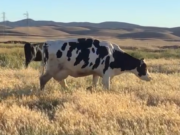

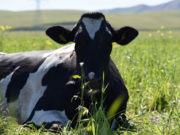
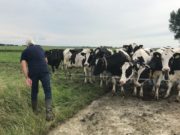






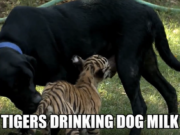
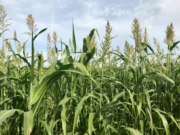
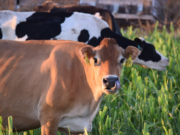
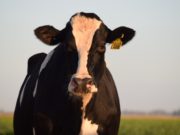

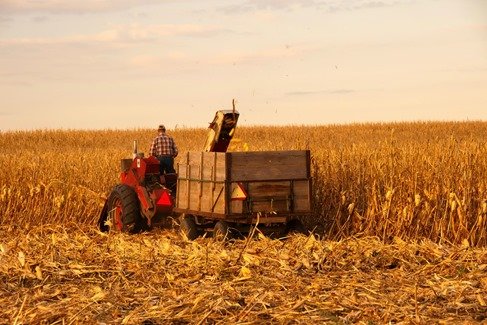
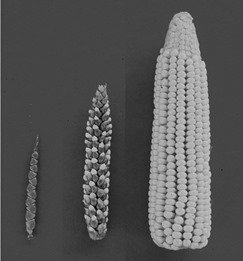
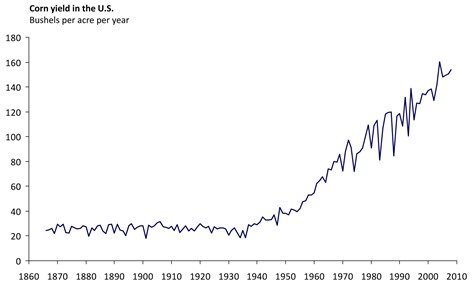





I enjoyed learning quite a bit from this but what stands out in my mind is this…
According the USDA, one acre of corn removes about 8 tons of carbon dioxide from the air, and produces enough oxygen to supply a year’s needs for 131 people.
Fascinating right- most people focus on what it takes to grow crops, not the extra benefits from growing them